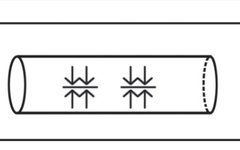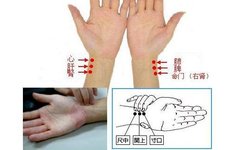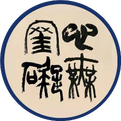Common Pulse Patterns: String Pulse (Yin Pulse within Yang)
1. Characteristics of the Pulse According to the “Pulse Classic”: “When lifted, it is absent; when pressed, it resembles a bowstring.” In “The Correct Eye of Diagnosis”: “The string pulse is like a lute string, light, empty, and smooth, straight and long, and stands firm under the fingers.” As stated in “Seeking Truth in Pulse … Read more







![What Do Choppy and Slippery Pulses Indicate? | Daily Reading of the Huangdi Neijing [Day 220]](https://tcmland.com/wp-content/uploads/2025/03/cb01e594-e82c-4474-86af-d1e7f7c7544f.png)


